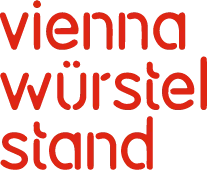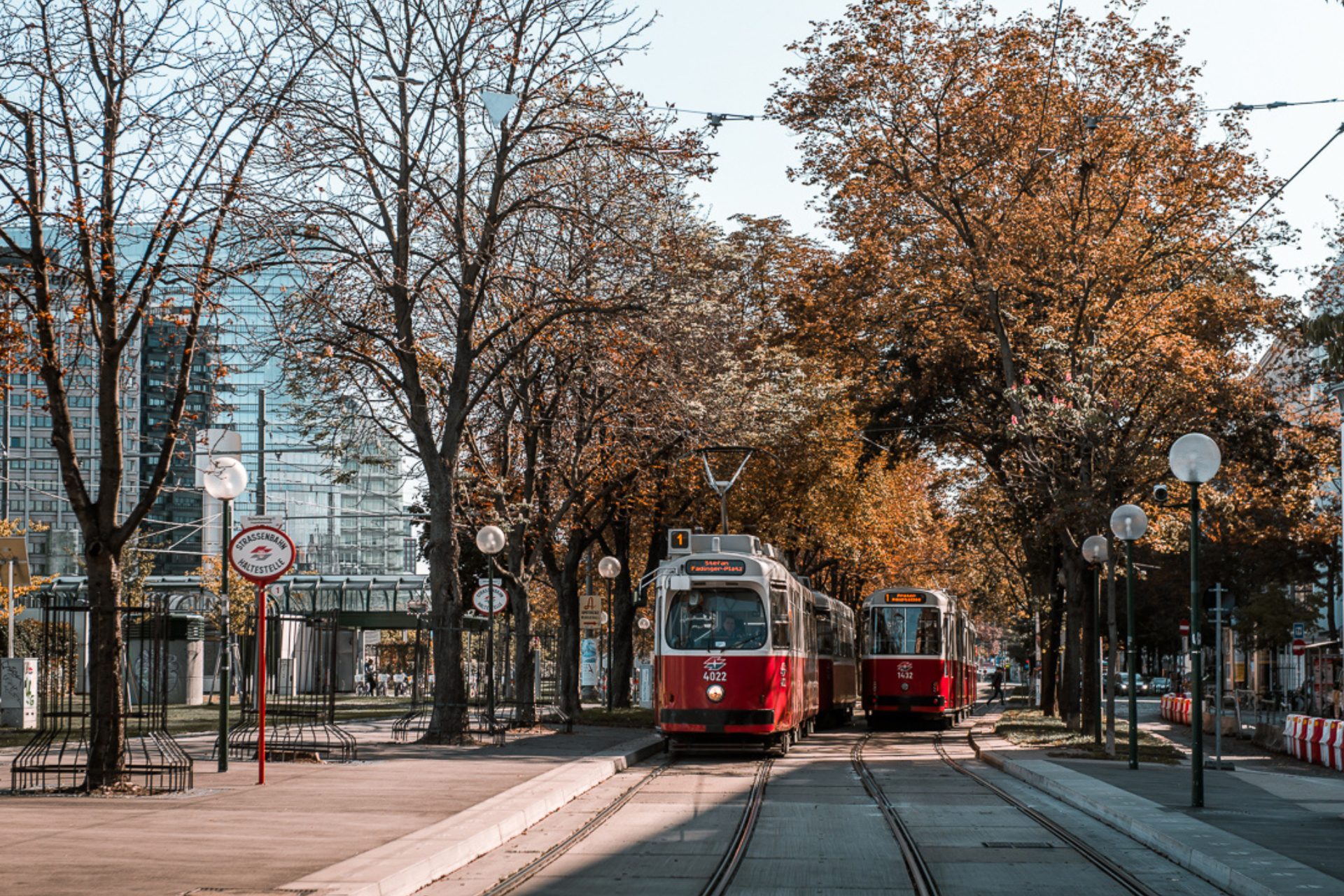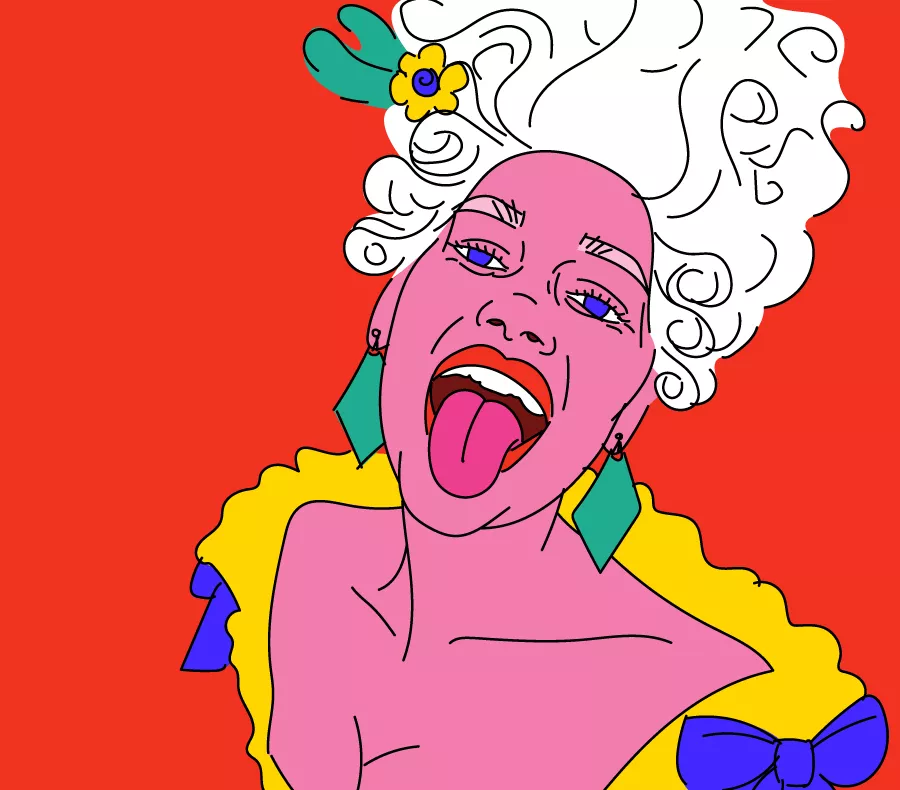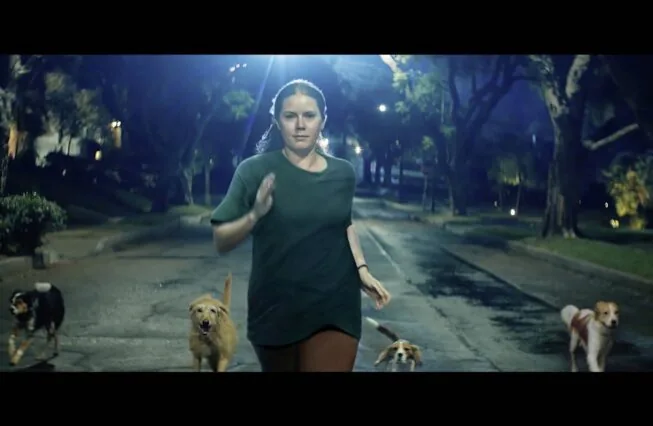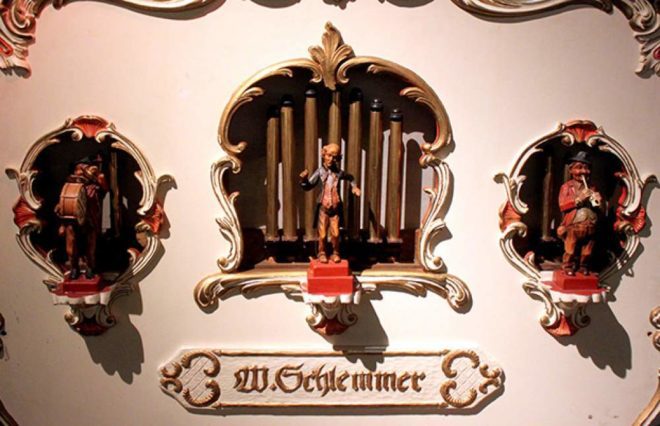Here are 12 facts about the Wiener Bims you probably didn’t know:
*Disclaimer: We actually called Wiener Linien to check them facts and numbers for you. All facts with a * are directly from our Wiener Linien source.
1. The nickname for Vienna’s trams – ‘Bim’ – was born because of all those angry tram drivers. Well, kinda.
If you’re not from Austria, you might be wondering how the hell can the word “Bim” be short for Straßenbahn. This literally makes no sense!
Well, the name ‘Bim’ is supposed to represent the noise the tram’s bell that the tram operator’s typically ring when they get pissed off (which is often followed by the tram driver exclaiming something like ‘Heast Gschissana, schleich di owi vo da Stroßn’).
Then there’s the boring explanation which states that it’s short for Bimmelbahn. You can choose which one you believe.
2. Vienna has in total 28 Bim lines and approximately 484 tram carraiges*
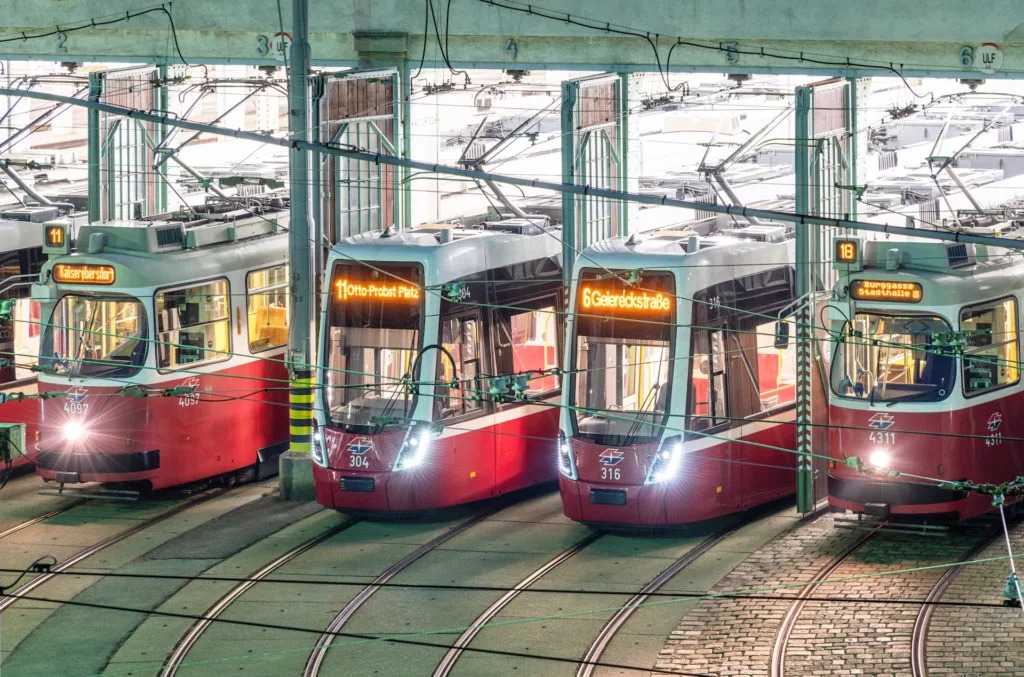
To give you a comparison, Berlin (a much larger city) only has 22 tram lines. So, that’s another thing Vienna does better than Berlin (wink, wink).
3. There are 1047 tram stops in Vienna*
Yep, so you can imagine that there are just over 1000 spots around the city where people are waiting for a tram while staring into their phone or muttering obscenities under their breath because the tram is taking longer than 5 minutes to arrive.
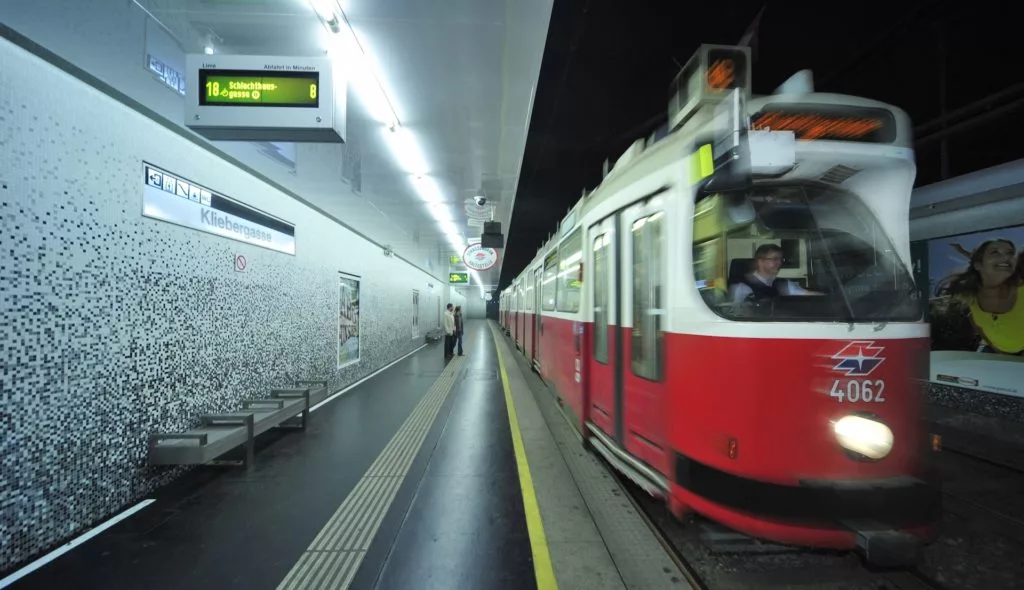
4. With 171 km of railways, it has the sixth-biggest tram network worldwide.*
5. Trams go a bit faster in the morning and at night.*
In case you were wondering, here’s the average tram speed throughout the day:
Morning: 15.1 km/h*
During the day: 14.8 km/h*
Night: 16.4 km/h*
6. The first trams in Vienna was pulled by horses

The very first tramway in Vienna was a horse-drawn tram. It started cruising around the Augarten area in 1840, but was abandoned in 1842.
The concept was picked up again in 1865, with the horse-drawn tram clippety-cloppeting along a similar route as the tram 43 follows today.
Imagine being a passenger on one of those horse trams and enjoying the various sights between Schottentor and Dornbach, while constantly getting a noseful of today’s signature odour of Stephansplatz. Yes, we’re talking horse poo.
7. The working conditions for the city’s first tram operators were horrible, involving 19 hour working days
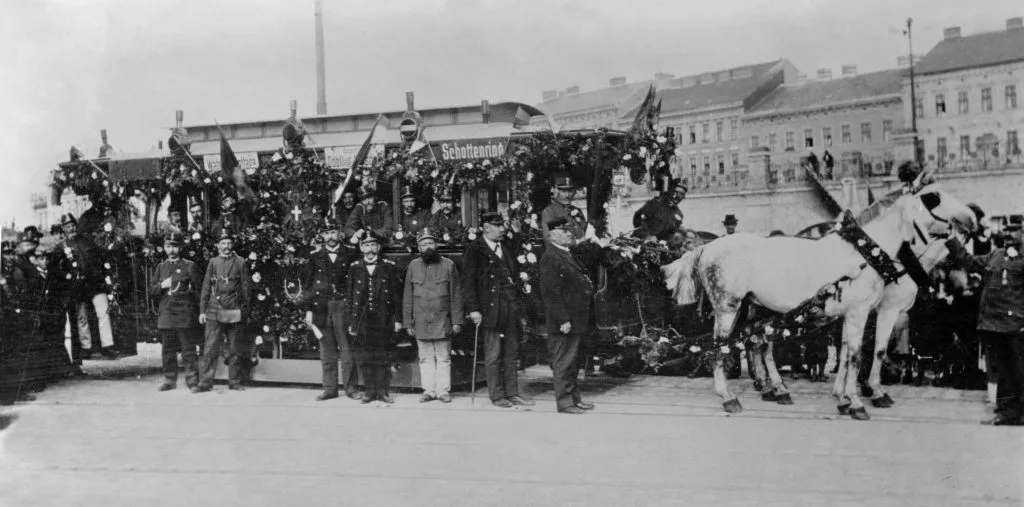
Tram operators back in the day had to work up to 19 hours a day and were only allowed a 30 minute lunch break. As if that wasn’t already bad enough, they were also held accountable if the carriages broke. If they were delayed for over a minute, they would be punished and face the consequence of doing extra duty on their days off.
After a protest in 1889, the working conditions became much better and their working hours were shortened to 12 hours a day.
8. The first steam powered tramway started operating in 1883 between Hietzing and Perchtoldsdorf
This type of tram was in operation up until 1922 around the neighbourhoods in the outskirts of Vienna.
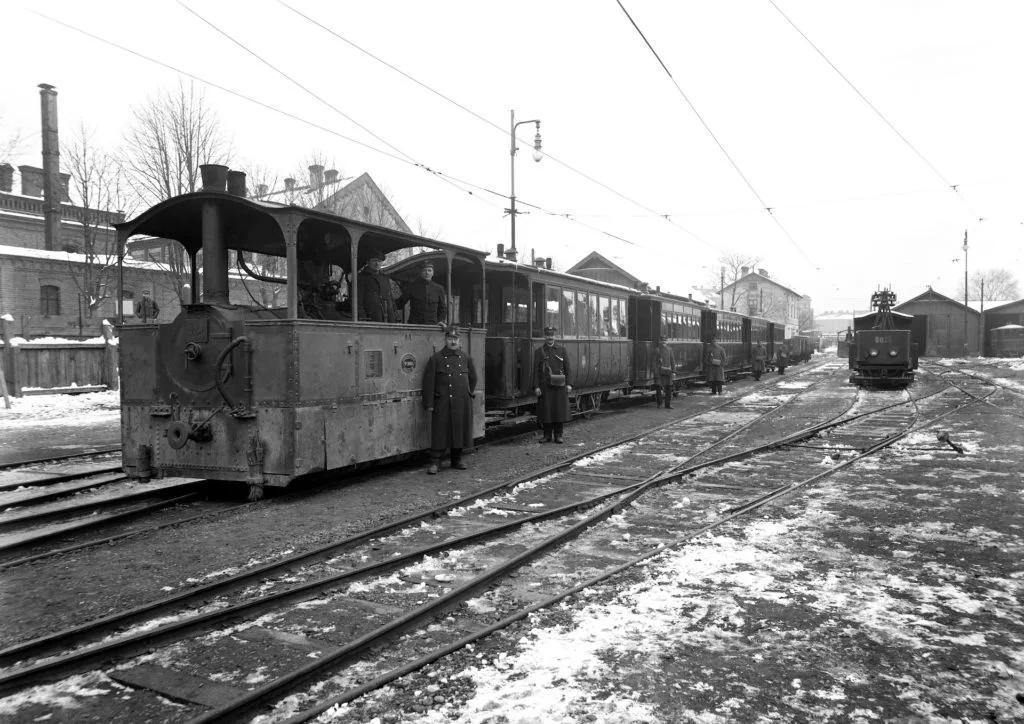
9. Today’s tram line number 5 was the very first route on which an electric tram operated
In 1897, Vienna decided it would get rid of its horse-drawn trams (along with the smell of horse crap around the city) and introduced fancy, new electric trams.

10. Up until 1930, tram drivers had to freeze their butts off every winter when on the job
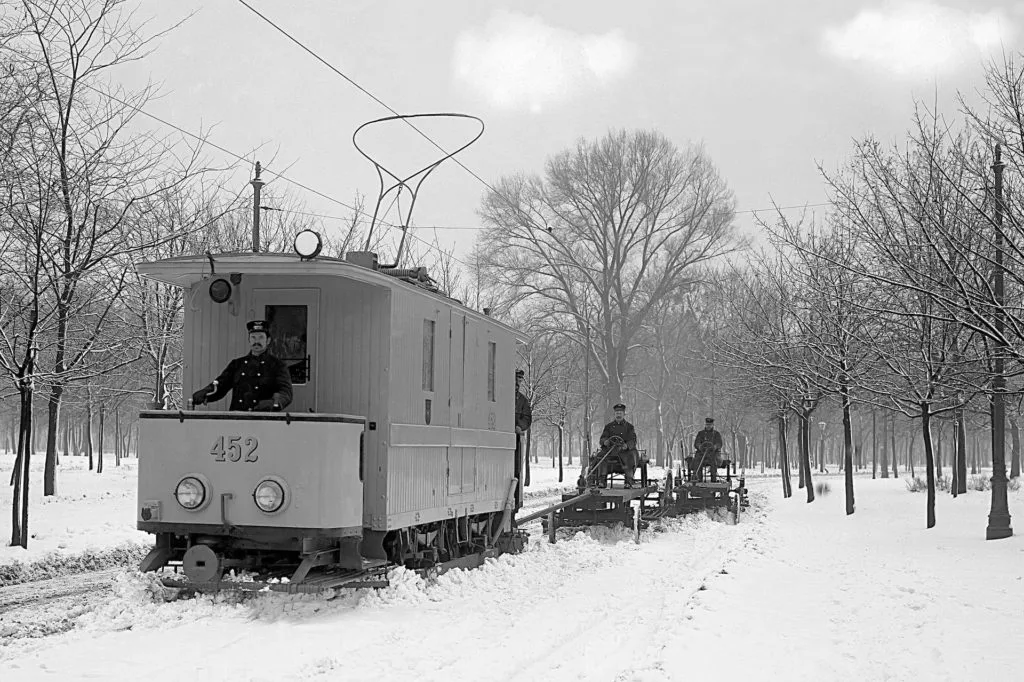
For some reason, they decided to keep the driver’s seat outside of the tram car (like it was necessary back in the days when trams were still drawn by horses). They only manufactured tram cars with open driver platforms until 1910.
It was only then that they realised this didn’t make any sense and the drivers were freezing their butts off for no reason. It took them 20 years for them to replace the trams with the open air driver’s seat with a closed design.
11. Back in the day, tram lines didn’t have numbers, but rather were identified by different funky shapes and colours
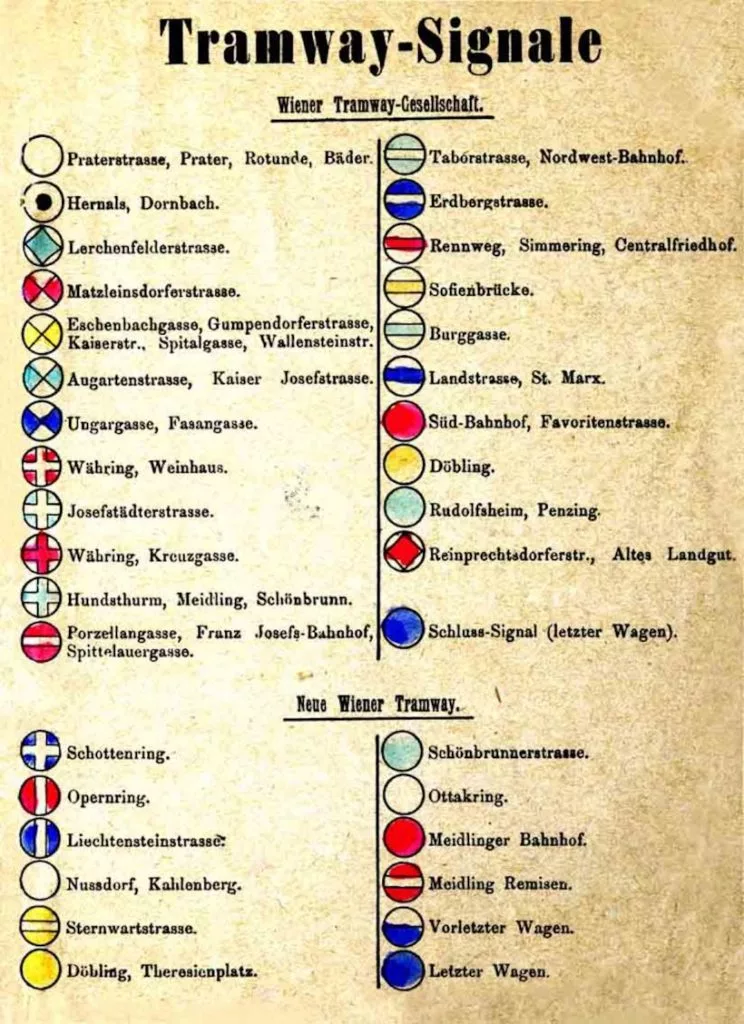
12. The naming system of the Wiener bims makes sense….well…sort of

Compared to the U–Bahn, for which every line has been assigned a relatively random number, there is a whole system behind the naming of each Bim line!
We don’t even know how to explain this to you, so instead we’ve found a video of someone who explains it way better than we ever could! Check it out above!
13. On average, 200 million people use Vienna’s tram network per year.*
14. A new line (#72) is currently being discussed.*
What’s special about it is that it will be the first line to cross borders from Vienna to Schwechat (Lower Austria).
15. Not only cars get stuck in traffic – trams get blocked by cars around 5 times a day.*
Each blockage costs a couple of 100€.*
16. The newer tram carriage that has low floors has a super funky name – the ULF

They’re called ULF, which is short for Ultra Low Floor! They’re not ‘kinda low’, or ‘pretty low’ – they’re ULTRA low! Which begs the question – how low can you go? (sorry, we couldn’t help ourselves).
The newest tram carriage model, which is cruisin’ around in Vienna since the end of 2018, is called ‘Flexity’.
The newest tram model called ‘Felxity’ is a serious flex indeed! In case you don’t remember, the previous model ULF already stands for ‘Ultra Low Floor’, which means that ULF is not ‘kinda low’ or ‘pretty low’ – it is ULTRA low!
But ‘Flexity’ takes ‘how low can you really go?’ to a whole new level! There are only 215 mm left between street and Flexity.*
17. You can actually rent your very own bim!
Ok, so, everyone already knows about car sharing, but did you know that Vienna has some sort of Bim sharing?!
Now, if that isn’t a badass way to get around then we don’t know what is!!
